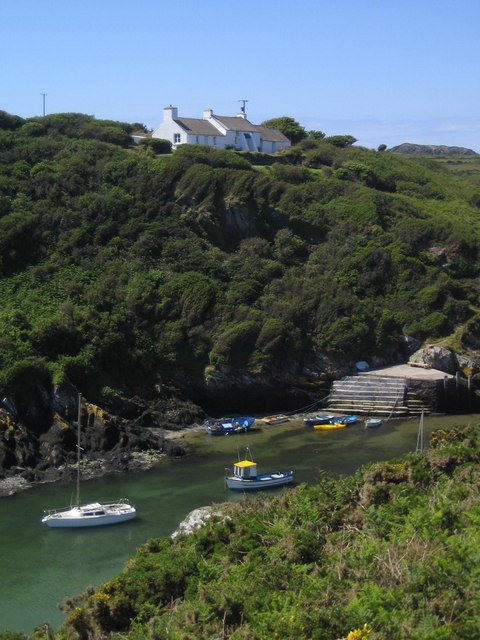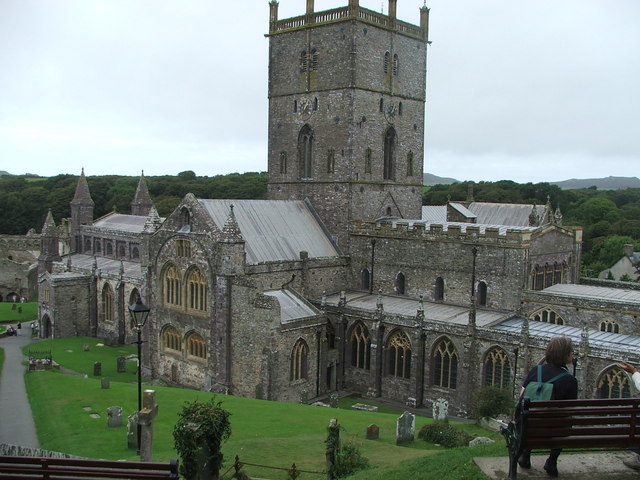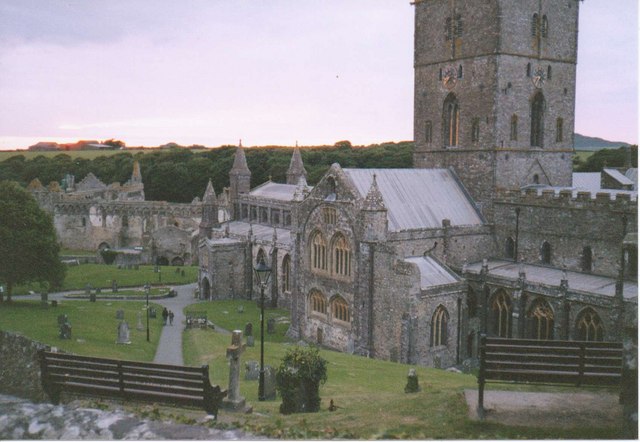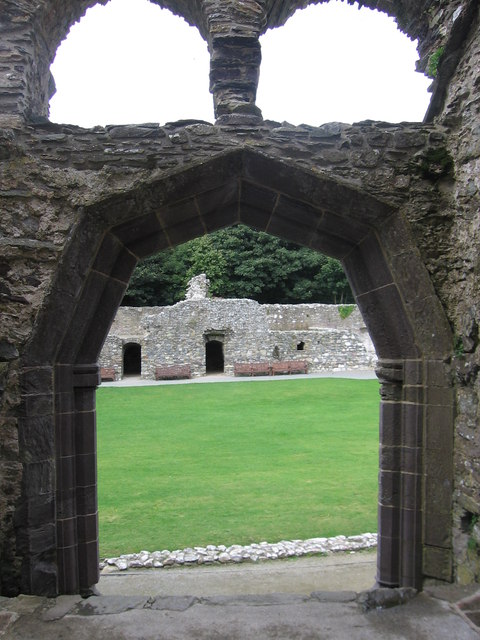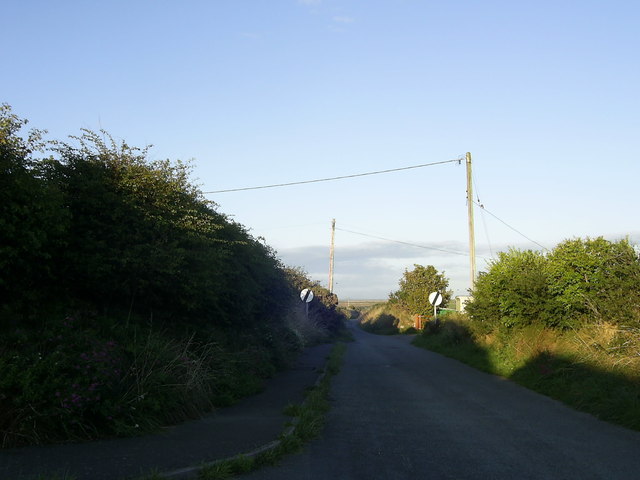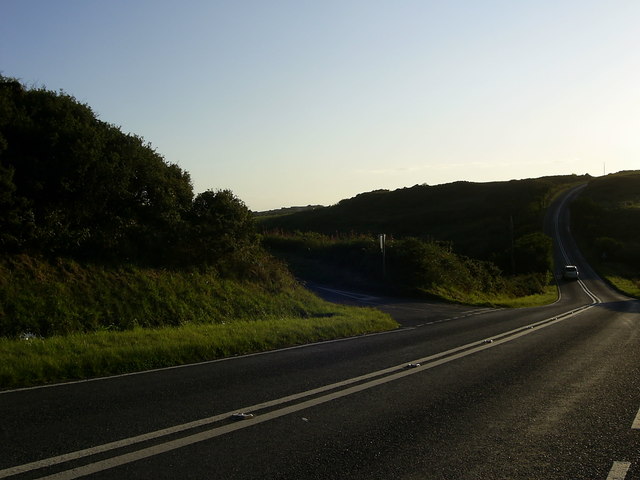Rhos Carreg-llwyd
Coastal Feature, Headland, Point in Pembrokeshire
Wales
Rhos Carreg-llwyd
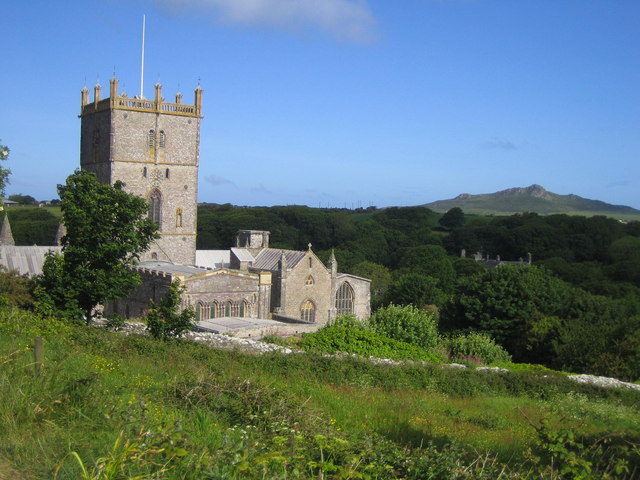
Rhos Carreg-llwyd is a prominent headland located on the coast of Pembrokeshire, Wales. This coastal feature is known for its rugged cliffs, stunning views of the surrounding sea, and diverse wildlife. The headland juts out into the Irish Sea, offering panoramic vistas of the water and nearby beaches.
Rhos Carreg-llwyd is a popular spot for outdoor enthusiasts, with opportunities for hiking, birdwatching, and photography. The headland is home to a variety of seabirds, including gulls, puffins, and razorbills, making it a great destination for birdwatchers.
The rocky cliffs of Rhos Carreg-llwyd provide a habitat for a range of plant species, adding to the area's natural beauty. Visitors to the headland can explore the rugged terrain and enjoy the peaceful surroundings, taking in the sights and sounds of the crashing waves and calling seabirds.
Overall, Rhos Carreg-llwyd is a must-visit destination for nature lovers and those seeking a peaceful retreat by the sea. Its unique landscape and abundance of wildlife make it a truly special place along the Pembrokeshire coast.
If you have any feedback on the listing, please let us know in the comments section below.
Rhos Carreg-llwyd Images
Images are sourced within 2km of 51.87079/-5.2647127 or Grid Reference SM7524. Thanks to Geograph Open Source API. All images are credited.
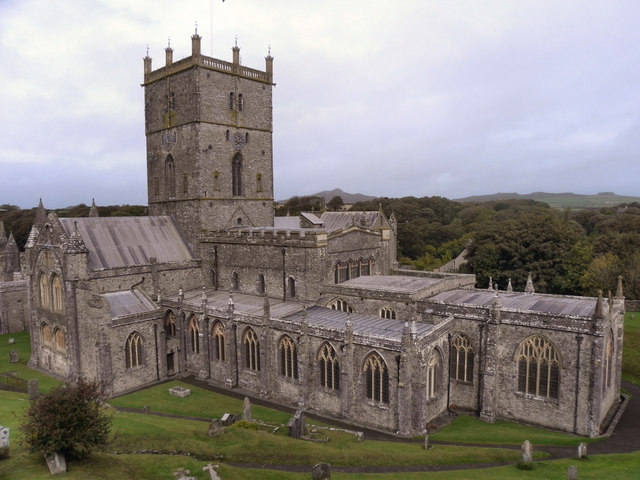
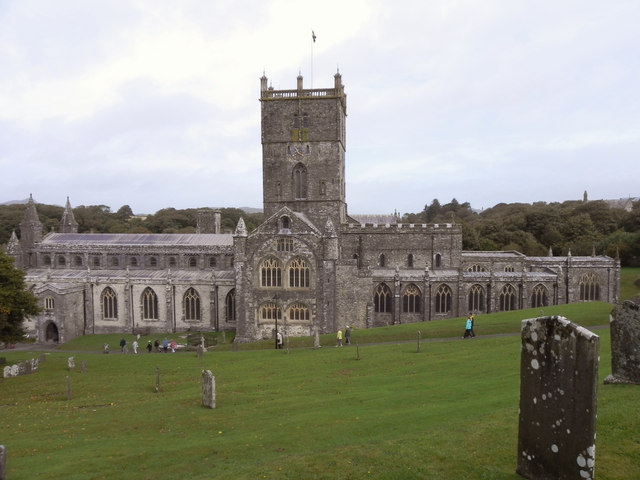
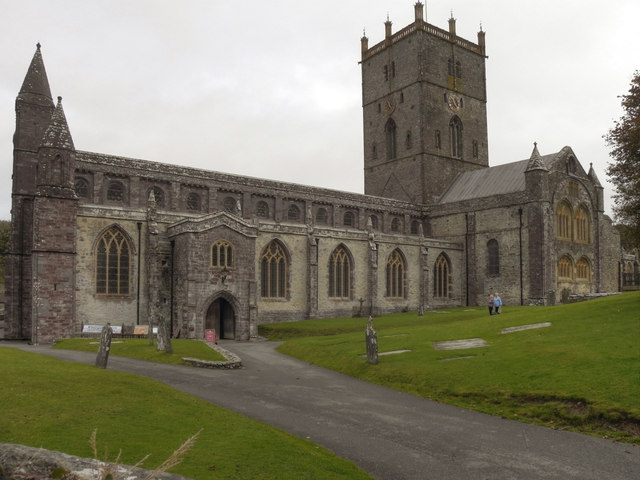
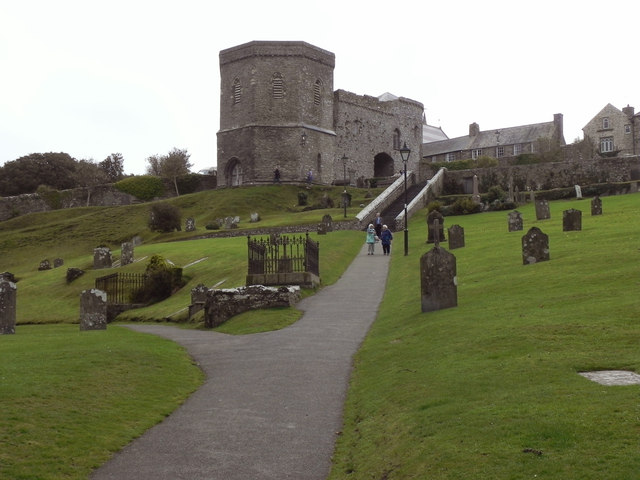
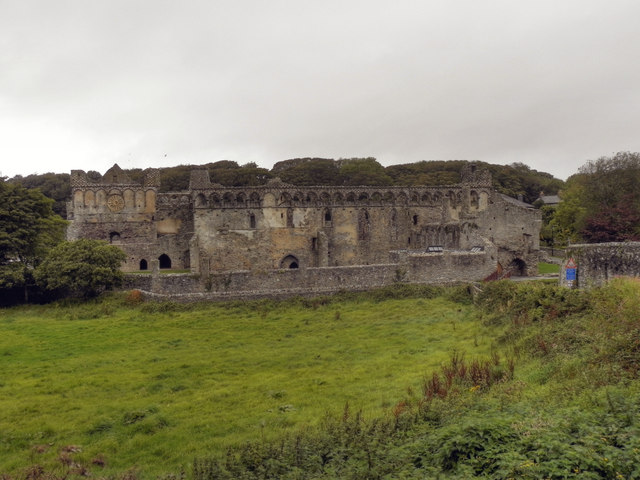
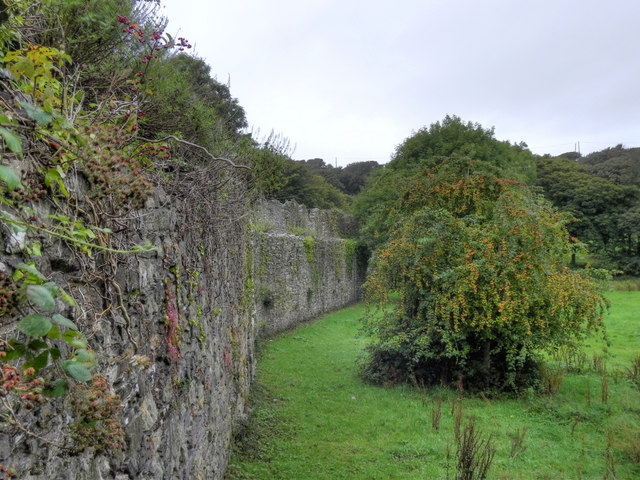
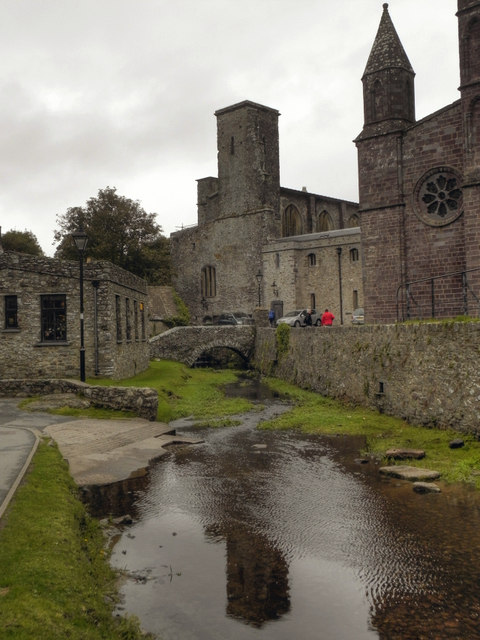
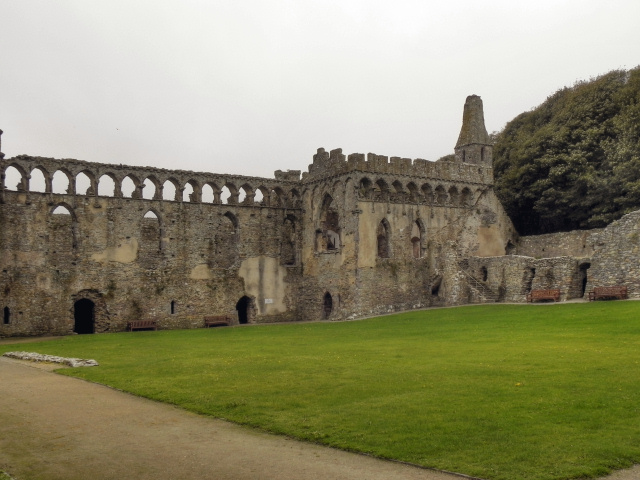
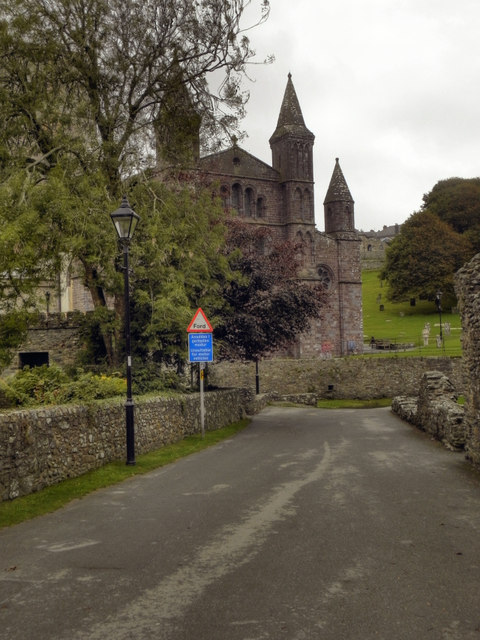
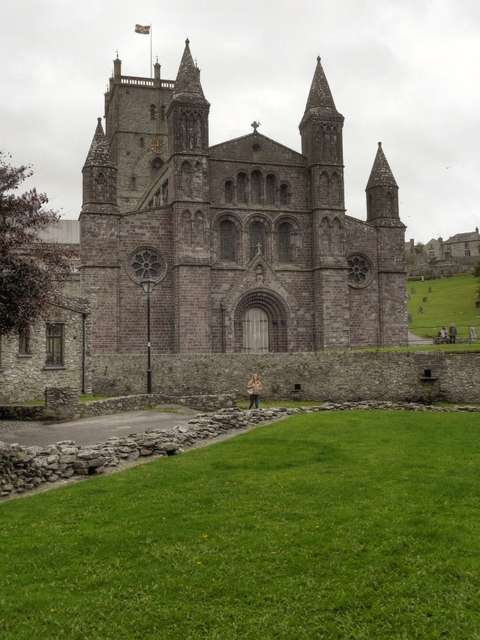
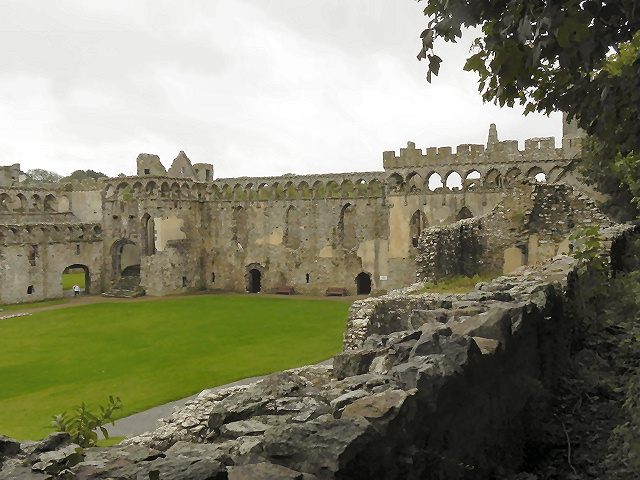
Rhos Carreg-llwyd is located at Grid Ref: SM7524 (Lat: 51.87079, Lng: -5.2647127)
Unitary Authority: Pembrokeshire
Police Authority: Dyfed Powys
What 3 Words
///twinge.endearing.skewing. Near St Davids, Pembrokeshire
Nearby Locations
Related Wikis
Chapel of St Non
The Chapel of St Non is located on the coast near St David's in Pembrokeshire, West Wales. Held by tradition to mark the birthplace of St David, the ruin...
Caerfai Bay
Caerfai Bay is a rocky cove on the north coast of St Brides Bay near St Davids in Pembrokeshire, West Wales. It is enclosed by steep varicoloured cliffs...
Porthclais
Porthclais (also known as Porth Clais) is a small sheltered inlet harbour near St Davids, Pembrokeshire, Wales, in the community of St Davids and the Cathedral...
St Davids City Hall
St Davids City Hall (Welsh: Neuadd y Ddinas Tyddewi) is a municipal building in the High Street, St Davids, Pembrokeshire, Wales. The structure is currently...
Nearby Amenities
Located within 500m of 51.87079,-5.2647127Have you been to Rhos Carreg-llwyd?
Leave your review of Rhos Carreg-llwyd below (or comments, questions and feedback).
